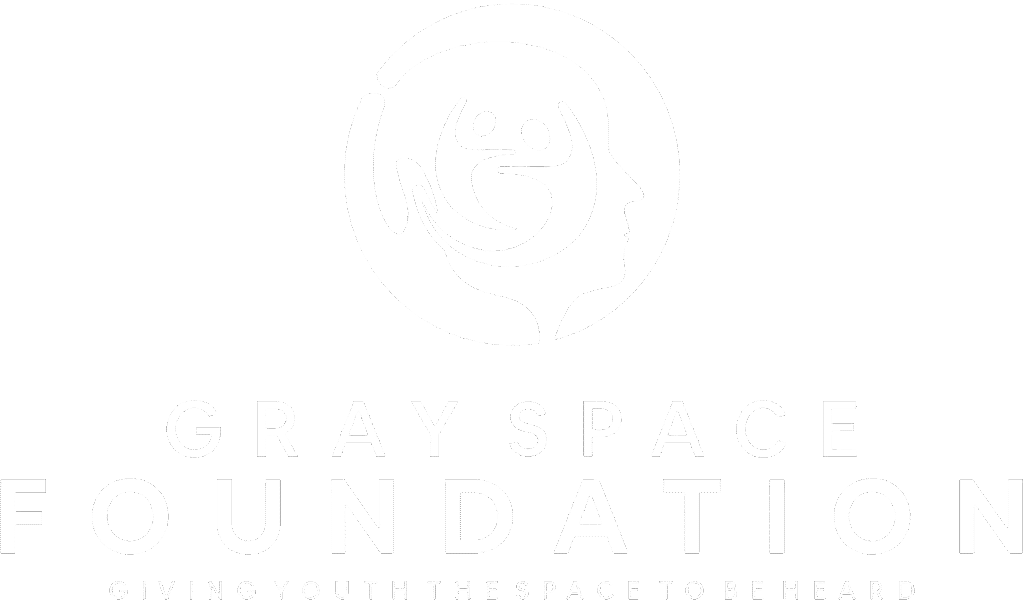Bipolar Disorder Type 1 is a mental health condition that can profoundly impact an individual’s life. It is characterized by extreme mood swings that include manic episodes, where a person experiences intense feelings of euphoria or irritability, and depressive episodes, where they may feel hopeless, low, or disconnected from the world around them. While this disorder can be challenging, with the right support, treatment, and coping strategies, individuals with Bipolar Disorder Type 1 can lead fulfilling lives.
What is Bipolar Disorder Type 1?
Bipolar Disorder Type 1 is defined by the occurrence of at least one manic episode that lasts for at least a week or requires hospitalization to prevent harm. These manic episodes are often severe and can cause significant disruptions in a person’s daily functioning. During a manic episode, individuals may feel an overwhelming sense of energy, engage in risky behaviors, or experience inflated self-esteem.
Alongside manic episodes, individuals with Bipolar Disorder Type 1 also experience periods of depression. These depressive phases can be marked by sadness, lack of energy, and feelings of worthlessness. The combination of intense highs and deep lows can make it difficult to maintain balance, affecting relationships, work, and overall quality of life.
The Symptoms of Bipolar Disorder Type 1
The manic episodes associated with Bipolar Disorder Type 1 can manifest in various ways. Some common symptoms include:
-
Elevated mood: Feeling extremely happy or overly irritable
-
Increased energy: A surge of energy that may lead to restlessness or racing thoughts
-
Impulsive behavior: Taking risks or engaging in actions without thinking about the consequences
-
Grandiosity: Having an inflated sense of self-worth or abilities
-
Decreased need for sleep: Feeling energized even after little rest
On the flip side, the depressive episodes can involve:
-
Persistent sadness: Feeling down or empty for an extended period
-
Low energy: Struggling to find the motivation to complete daily tasks
-
Feelings of hopelessness: A sense of despair or the belief that things will never improve
-
Difficulty concentrating: Struggling to focus on tasks or make decisions
-
Thoughts of death or suicide: Experiencing a deep sense of hopelessness, leading to thoughts of harming oneself
How to Support Someone with Bipolar Disorder Type 1
Supporting a loved one with Bipolar Disorder Type 1 requires understanding and compassion. While the condition can be unpredictable, being there for someone during their highs and lows can make a difference. Here are a few ways to offer support:
-
Be patient and listen: It’s important to provide a non-judgmental space for your loved one to share their feelings, especially during difficult times.
-
Encourage treatment: Medication and therapy are often key to managing symptoms. Encouraging adherence to treatment can help stabilize mood swings.
-
Recognize the signs: Being aware of the early signs of mania or depression can allow you to intervene early and provide help before things escalate.
-
Promote a healthy routine: Helping your loved one maintain a structured routine, including regular sleep, healthy eating, and exercise, can have a positive impact on their well-being.
Seeking Help: Treatment for Bipolar Disorder Type 1
While Bipolar Disorder Type 1 can be challenging, effective treatments are available. The goal of treatment is to reduce the severity and frequency of mood swings, stabilize emotions, and improve overall functioning. A combination of medication and therapy is often recommended:
-
Medications: Mood stabilizers, antipsychotics, and antidepressants are commonly prescribed to manage manic and depressive episodes.
-
Therapy: Cognitive Behavioral Therapy (CBT) and other forms of therapy can help individuals develop coping strategies, improve problem-solving skills, and manage emotions during both manic and depressive episodes.
A Path to Healing
Bipolar Disorder Type 1 may present a unique set of challenges, but with the right care and support, individuals can regain control of their lives. At Gray Space, we believe that understanding mental health is the first step toward creating a compassionate environment where individuals feel seen, heard, and supported. If you or someone you know is navigating Bipolar Disorder Type 1, remember that recovery is possible, and help is always available.


